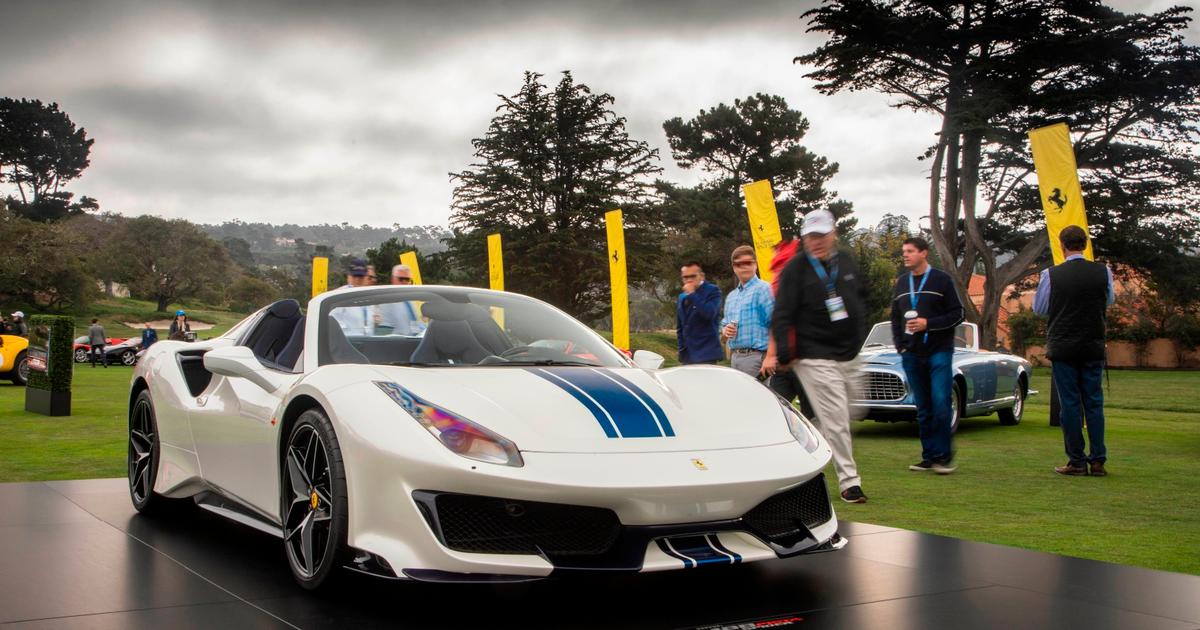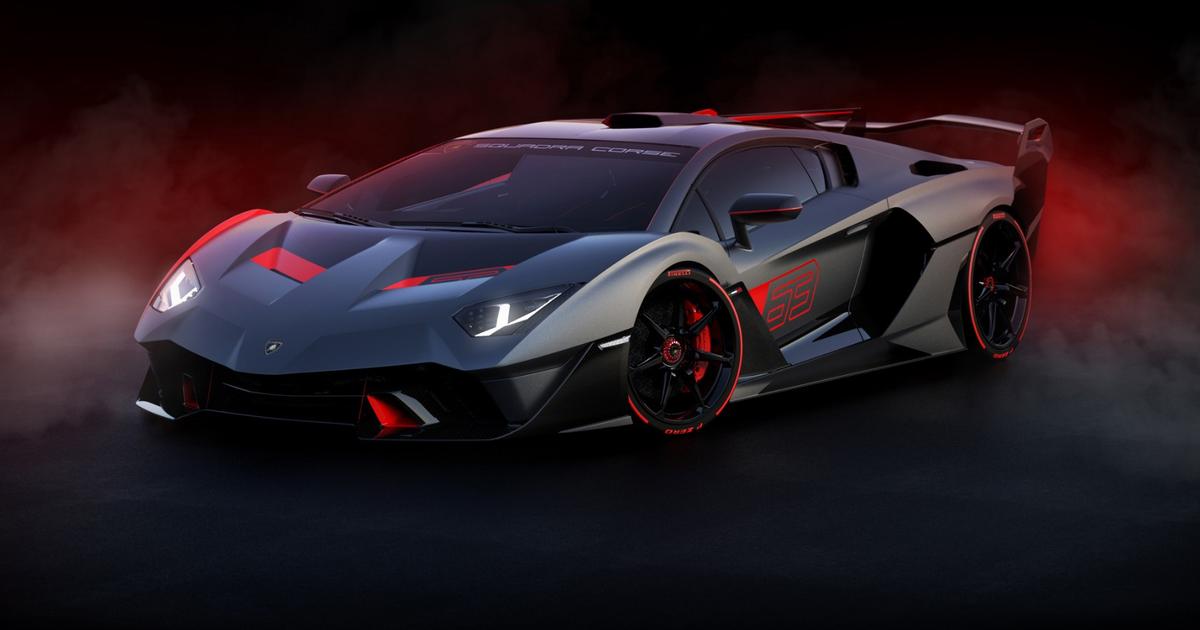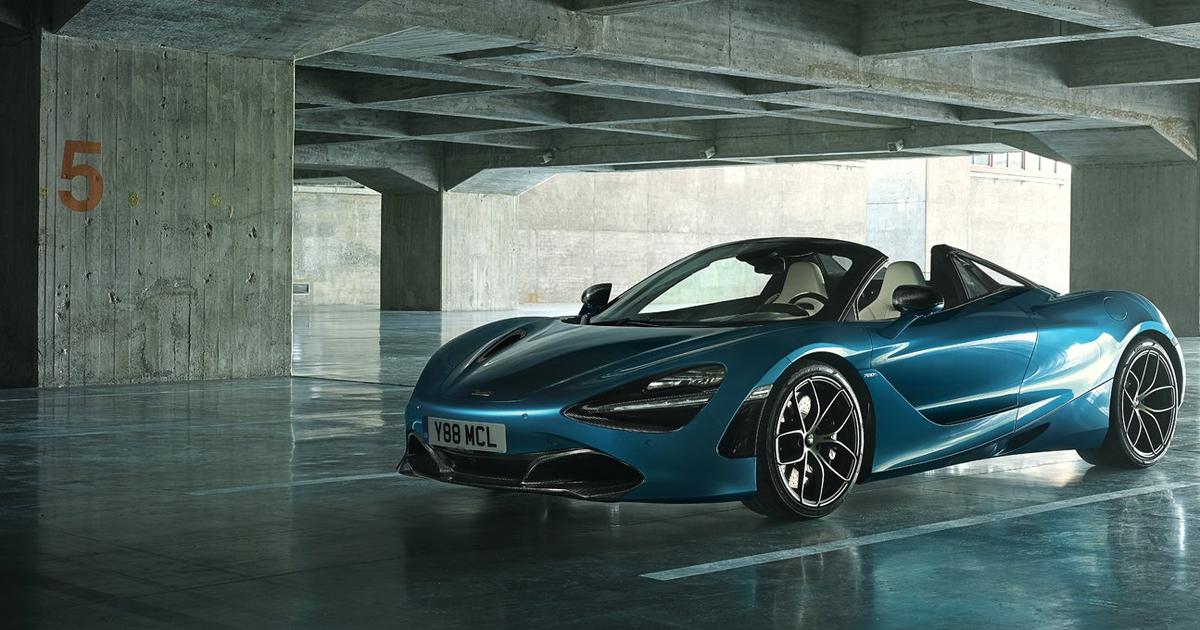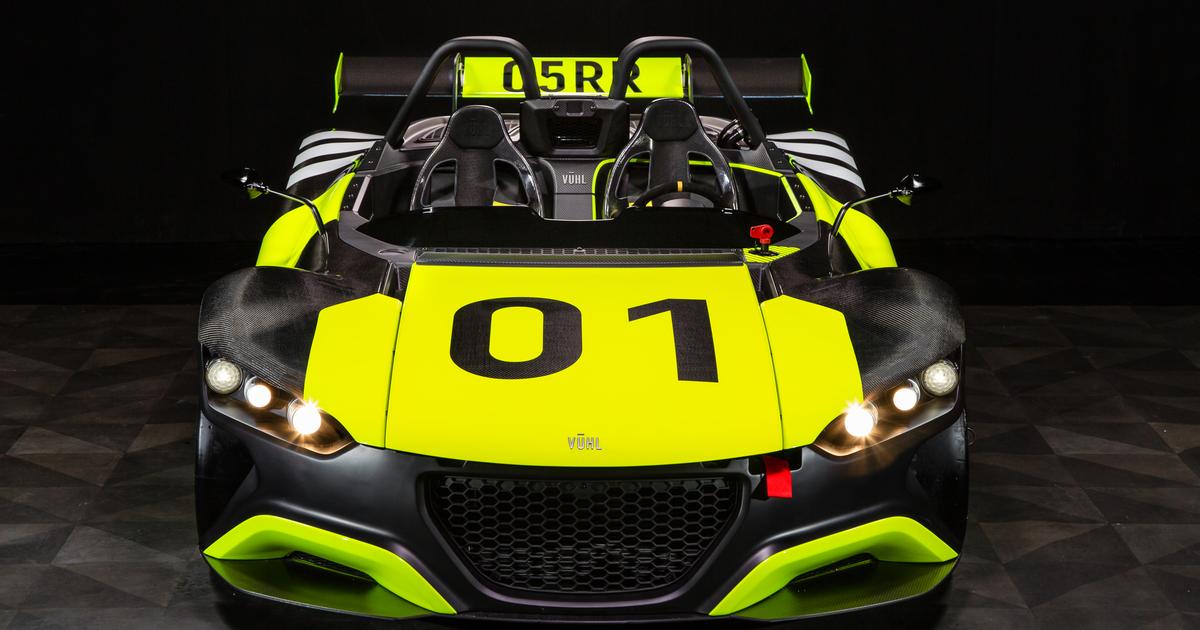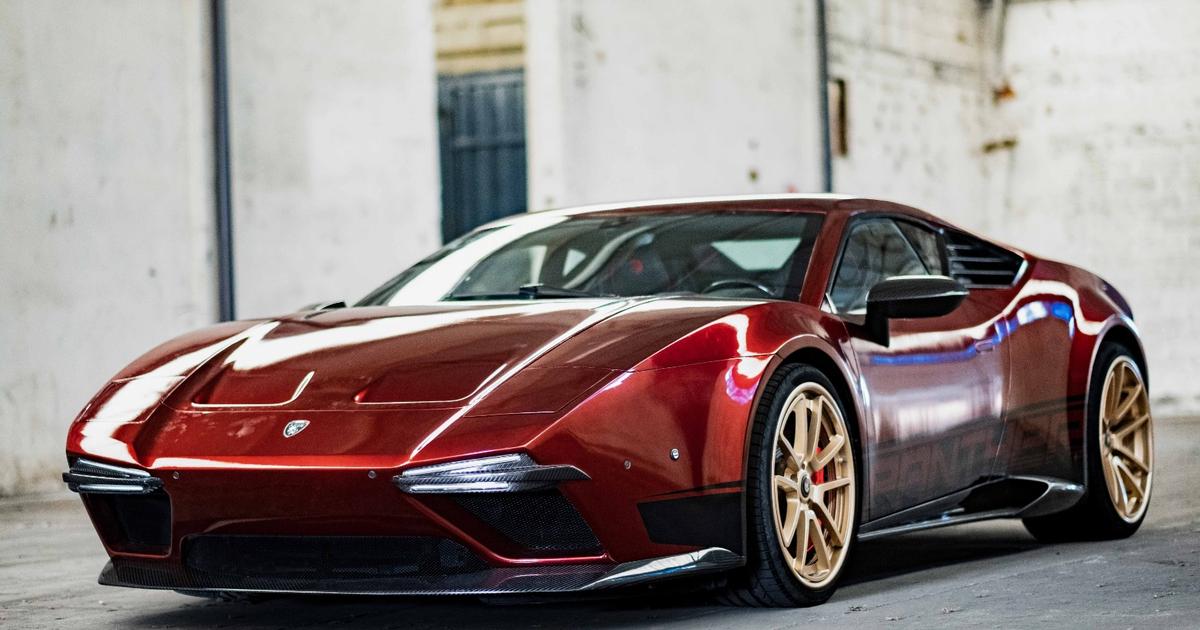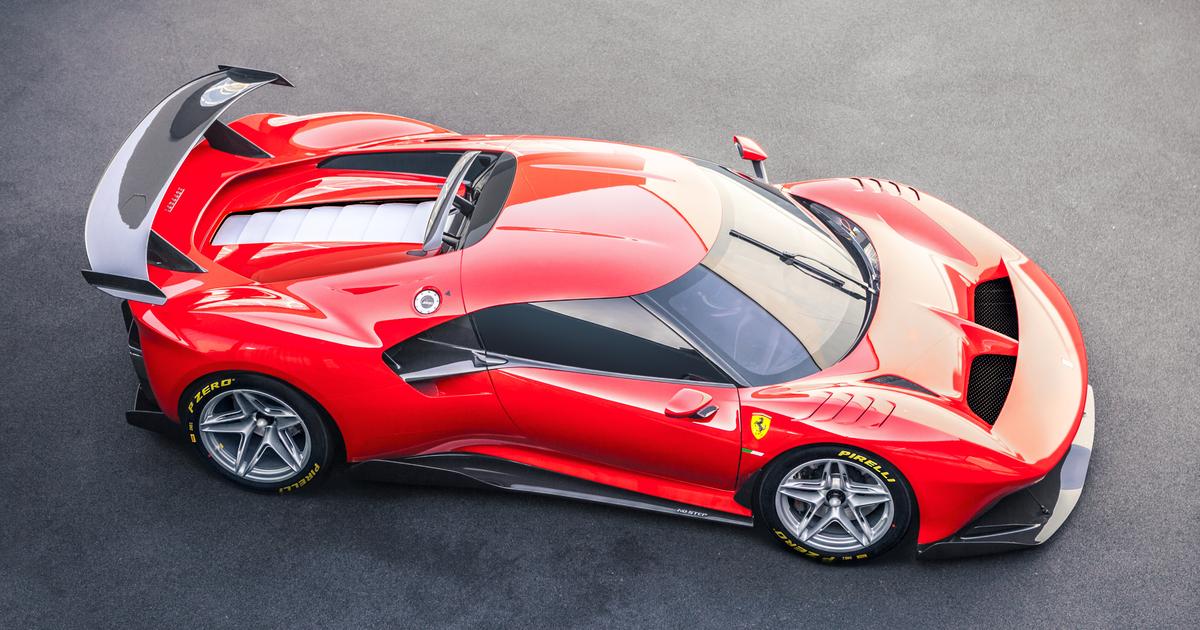British carmaker Lotus has launched its first all-electric zero-emission supercar, the Lotus Evija, which it claims is the most powerful mass-produced road car ever built.
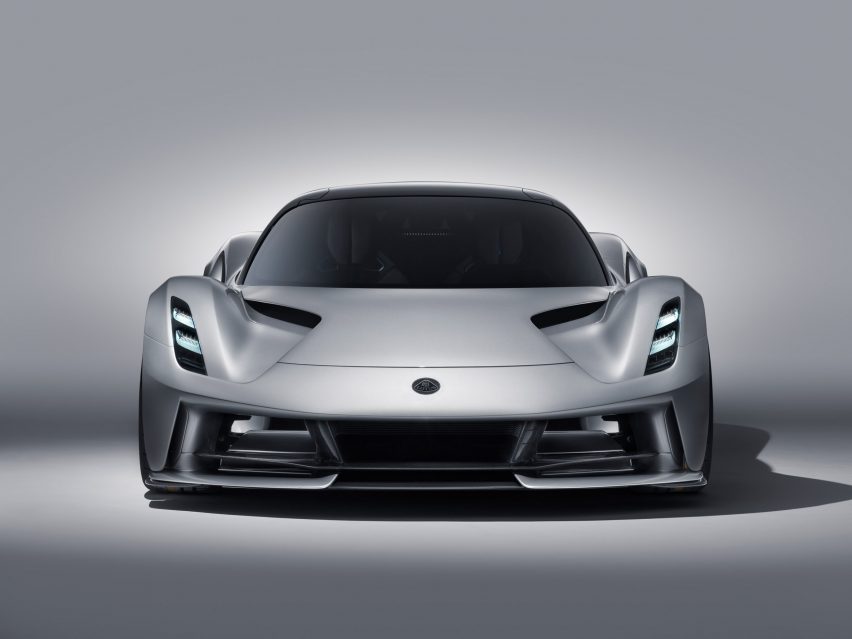
Lotus previewed the car earlier this year at Auto Shanghai 2019, where it announced the launch of the Evija as the first all-electric supercar created by a British manufacturer.
With a target output of 2,000 PS (horsepower) and 1,700 newton meters of torque, the Lotus Evija can accelerate from 0 to 62 mph (0-100 km/h) in less than three seconds and can reach Maximum speed more than 100 km/h. 200 mph.
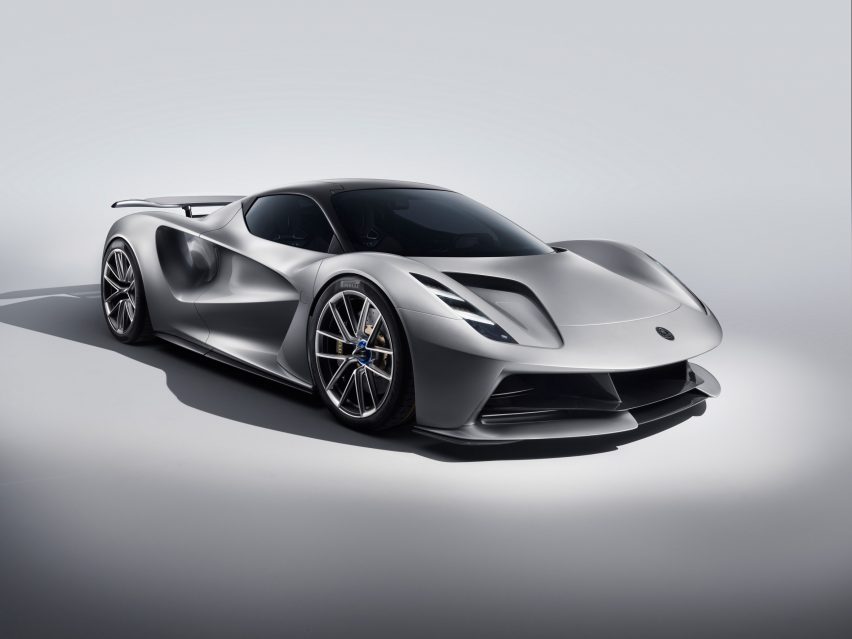
Originally called the Type 130, the car was renamed the Lotus Evija – a name derived from variations of Eve, meaning “the first to exist” or “the living one”.
In addition to being the first hypercar produced by Lotus, it is also the company’s first model with an electrified powertrain.
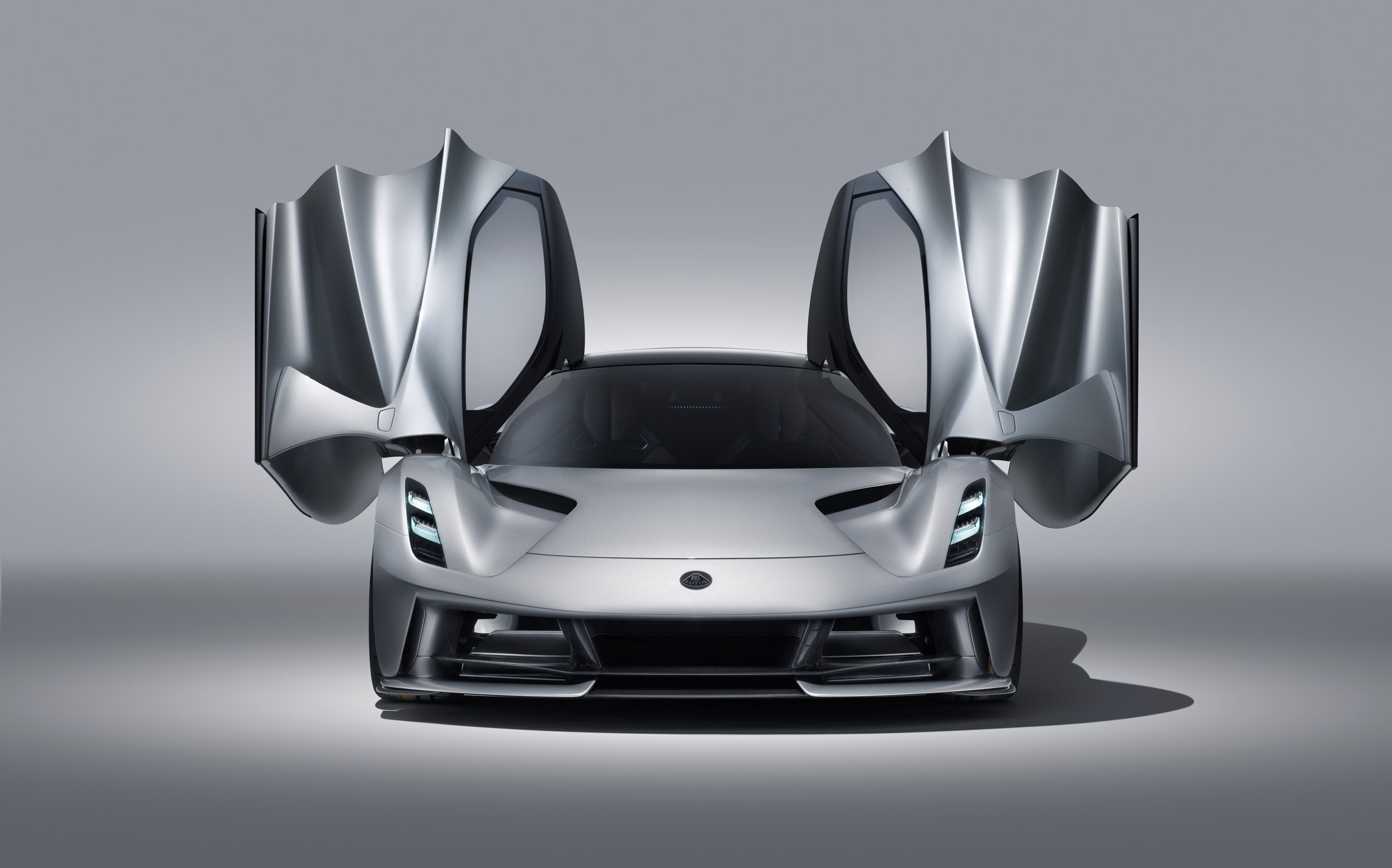
The battery pack is located between the rear of the two seats and provides power directly to four electric motors. Weighing around 1,700 kg, Lotus claims this power system makes it the lightest electric supercar ever put into mass production.
The car also has five driving modes mounted at the center of the wheel hub: Range, City, Tour, Sport and Track.
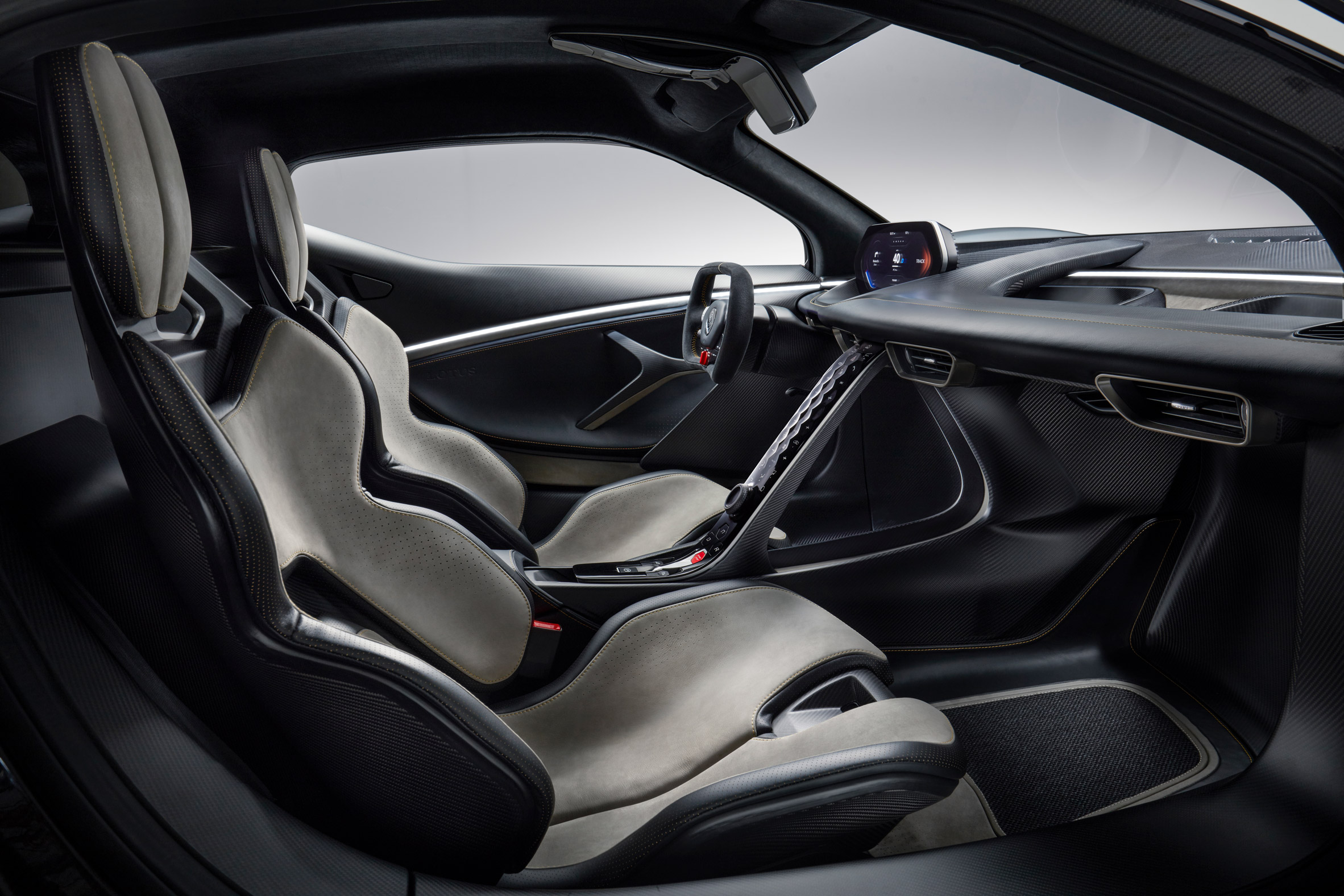
The car’s main body consists of a carbon fiber monocoque chassis – meaning the chassis and structure are completely integrated, like a structural shell – that sits low to the ground, just 105mm high.
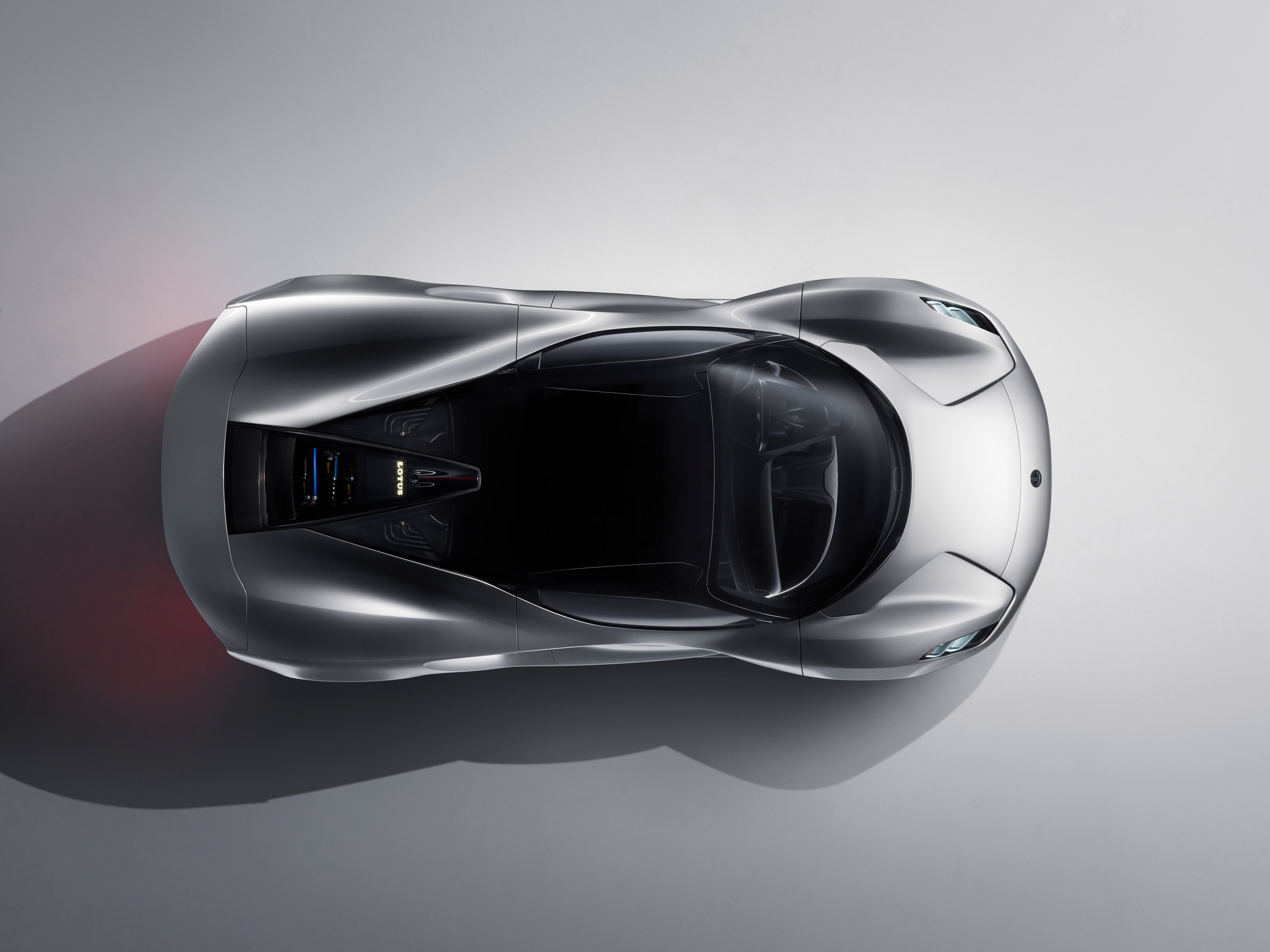
Design director Russell Carr and his team took inspiration from geological formations when designing the exterior, looking to the rocks carved by nature to create the car’s curved, aerodynamic body.
Inspired by racing cars, Venturi tunnels – created by restricting airflow in space – run through each rear quarter of the car, optimizing airflow by directing it over the car’s body .
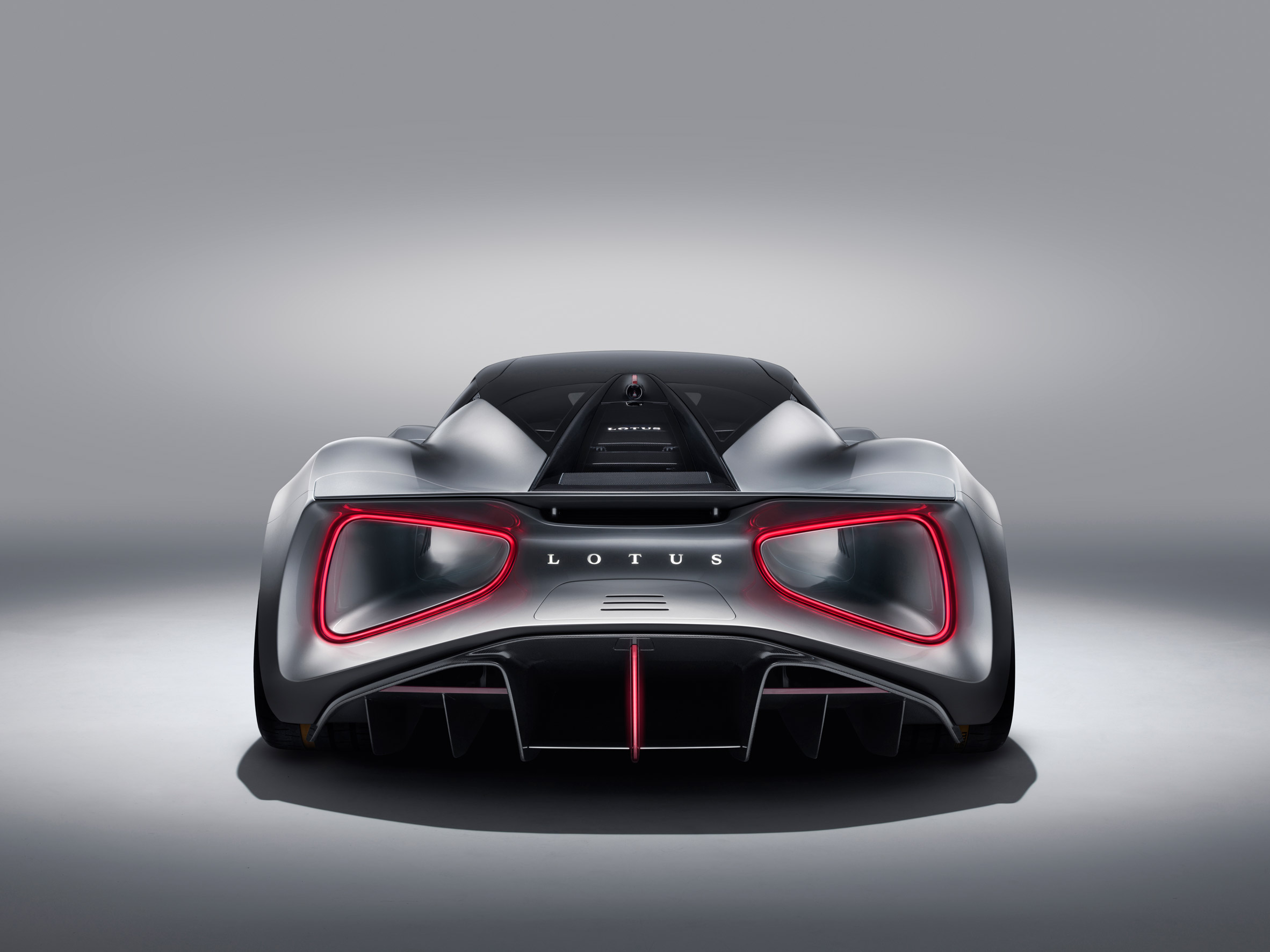 “We studied how Le Mans racing cars creatively use airflow to go up, down and around the car, as well as through the car,” Carr explains.
“We studied how Le Mans racing cars creatively use airflow to go up, down and around the car, as well as through the car,” Carr explains.
